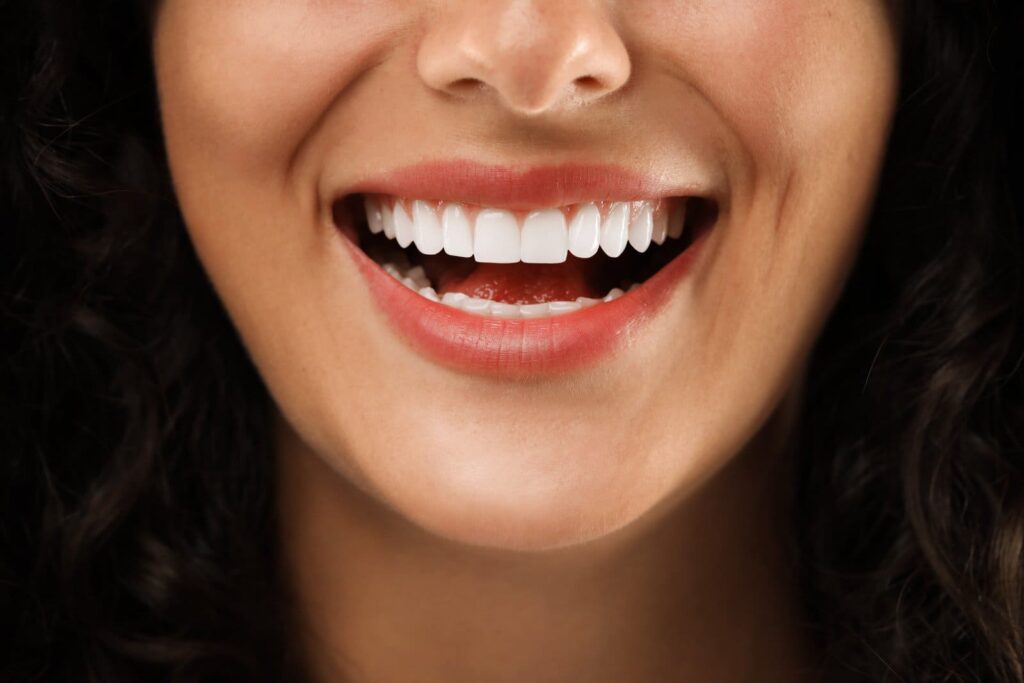
Have you noticed a little blood when you brush your teeth? It can be alarming when you unexpectedly see blood. The good news is that you’re seeing an early sign of a treatable problem: gum disease. Let’s look at what gum disease is and how to treat it.
What Is Gum Disease
Gum disease is the common term used to describe two diseases that result from an infection in the gums. The mild form is Gingivitis, where the infection has set only into the gum. The more serious form is Periodontitis, where the infection has moved into the bone itself. Both require treatment as gum disease has been linked to other health complications such as diabetes, heart disease, osteoporosis, and cancer.
What Are the Other Symptoms?
Blood, when you brush your teeth, is usually the symptom that causes the most concern, but it is not necessarily the first you may notice. Other symptoms that indicate gum disease include,
- Bad breath that doesn’t go away with brushing or mouth wash
- Red, swollen gums
- Receding gums – where the gum appears to have gotten smaller
- Teeth that are sensitive to cold

Dental Treatment of Gum Disease
The treatment for gum disease depends on its severity. Your dentist has a variety of ways to help you fight gum disease including,
- Deep cleaning to remove tartar and bacteria
- Medications to treat gum disease such as,
- Topical antibiotics
- Antimicrobial chips inserted into the gum
- Enzyme suppressors to help prevent further bacterial growth
- Surgical procedures such as,
- Gum graft to replace lost gum tissue
- Bone graft to replace damaged bone around the root
- Flap surgery to lift the gum and clean underneath
- Guided regeneration, where biocompatible fabric is placed over the damaged root to allow it to regrow
Home Care for Gum Disease
While gum disease needs some degree of dental treatment, you can also help your recovery by taking important steps at home. These are things you can do to help reduce gum disease during treatment or prevent it altogether.
- Brush your teeth in the morning, before bed, and after meals and snacks
- Use a soft toothbrush that you replace every 3 months
- Note: A soft electric toothbrush is often more effective at removing plaque and tartar than a traditional toothbrush
- Floss at least once a day
- Use an antiseptic mouth rinse
- Use an interdental brush or pick to help you pull food from between your teeth that brushing or flossing may miss
- Schedule regular cleanings every 6 months
- If you smoke or chew tobacco, stop right away
Are You Looking for a Dentist in Southampton?
If you suspect you have gum disease don’t wait. Your and your family’s dental health is important to you and us. Contact us today to make an appointment.






